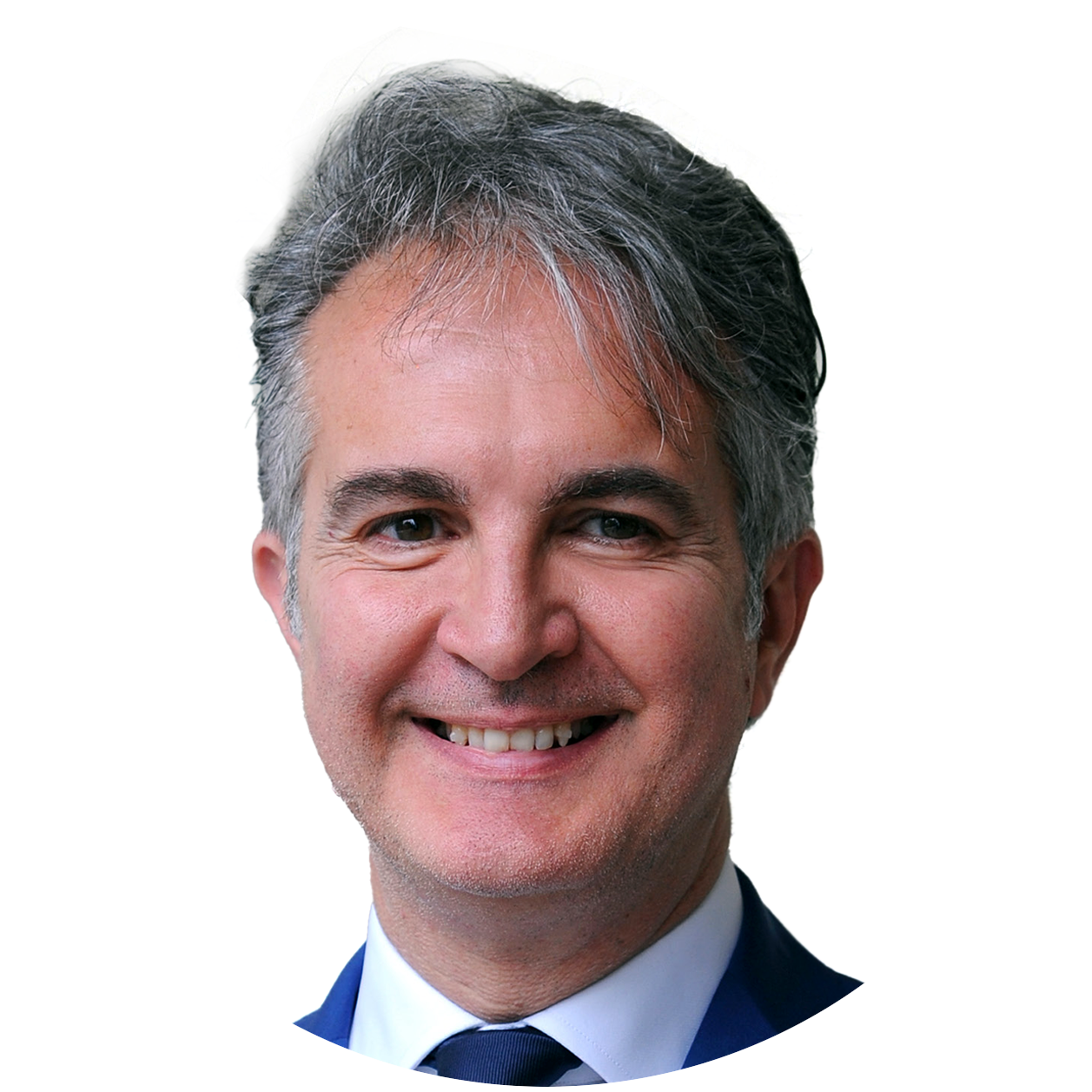
Received MD and DDS degrees at the University of Rome, Tor Vergata. Received a perio training and a MS in Oral Biology at the University of California, Los Angeles from 1989 to 1992. At present time he’s Professor and Chair of Periodontology in the Section of Periodontics School of Dentistry, Professor of Periodontology at the School of Dental Hygiene and Director of the Postgraduate Program in Periodontics at the University of Rome “Sapienza”. In 2017 received obtained the position by National habilitation as Full Professor. Adjunct Associate part-time Faculty at the Ohio State University Section of Periodontics. He serves the Italian Society of Periodontology as active member and Member of the Scientific Committee. Active Member of the Wound Healing Society. Active Member of the Italian Academy of Esthetic Dentistry. Past President and Founder of the Italian Association of Bad Breath. Author of articles in peer-reviewed journals and of one book on GTR. Private practice (Ground Perio) limited to Periodontics in the central part of the city of Rome, Italy.
Click here for abstract:
 Hyaluronic acid in periodontal healing and regeneration: a 30-year experience
Hyaluronic acid in periodontal healing and regeneration: a 30-year experience
 Wound healing and suturing hands-on course with HA
Wound healing and suturing hands-on course with HA
Lecture Abstract
Periodontal wound healing is based on a series of biological and cellular events that guide the soft and hard tissues to a final clinical result, of a reparative or regenerative nature.
Soft tissues, epithelium and connective tissue, when considered individually, possess very peculiar characteristics.
Wound healing of the soft tissues of the periodontal compartment is a complex but at the same time fascinating phenomenon and often the subject of wound healing studies not only among the experts in Periodontology. It involves the continuous study of cellular and biomolecular mechanisms, some of which derive from recent studies that are the basis of the validated operative protocols and of the current use in surgery.
Hyaluronic acid since 1934 has shown to be involved with most of the regenerative mechanisms in both soft and hard tissues. In vitro and animal studies have demonstrated that HA significantly increases the tensile strength of granulation tissue, stimulates clot formation, induces angiogenesis, increases and does not interfere in the calcification nodules during bone formation. Furthermore, HA facilitates cell migration and differentiation during tissue formation and repair of both soft and hard tissues. Recently, it has been shown to improve periodontal ligament cell viability, and even early osteogenic differentiation in vitro.
All these aforementioned properties are essential for tissue regeneration and wound healing.
The presentation, throughout a personal 32-years long scientific journey, will explain the central role of hyaluronic acid which, together with innovative techniques and biomaterials in periodontal and peri-implant regeneration and how it interacts in an optimal and biomimetic way to obtain the best clinical result.
Workshop Abstract
Wound healing and suturing hands-on course with HA:
Optimizing wound closure in mucogingival and regenerative periodontal surgery.
TOPICS
When dealing with soft tissues around teeth and implants:
- How to recognize the phenotype
- Knowing their healing and repair potential
- The peri-implant area and the use of Perisolv
“Closing” vs “sealing” the flap margins.
The wound in attached gingiva and in oral mucosa:
- Vertical and horizontal incisions
- Incision of the interdental papilla
- Palatal incisions
- Suturing the papilla
- Suturing the donor site
- Suturing the free gingival graft
- Suturing the connective tissue graft
- Suturing the flap over an infrabony defect with xenograft+HA
- The periosteal anchored suture
- Closing flaps in implant surgery
How to manage the “immediately after the surgery”:
- The first 24 hours
- Controlling the wound during the first 7 days
- Suture removal
- The chemical-pharmacological follow-up.
Discussion of 2 cases together. (One perio and one implant).

